While refusing to condemn Russia’s invasion of Ukraine, the Chinese Communist regime actually fears that its major strategic interests in Europe will be undermined if Russia takes over Ukraine, experts said.
The Chinese Communist Party (CCP) has long regarded Ukraine as a bridgehead of its Belt and Road Initiative (BRI), the CCP’s infrastructure expansion program, in Europe. If Russia seizes Ukraine, the CCP may not merely suffer from the military industry, it will lose this crucial bridgehead.
Li Yan, a researcher at World Economics and the Politics Institute of Chinese Academy of Social Sciences, described the strategic significance of Ukraine to the CCP in a research report published in 2018, saying that Ukraine has an excellent geographical position as it is located in the center of Europe. It is an essential route for the CCP to promote its BRI to European countries.
Moreover, Ukraine is a European grain warehouse with a strong agricultural advantage. Ukraine inherited the military and manufacturing industries from the former Soviet Ukraine, which help transportation facilities for BRI. Thus, Ukraine is an option for Chinese trains passing through Europe, according to Li.
China Oil and Foodstuffs Corporation (COFCO) built a $75 million grain and oil transshipment terminal at the Nikolaev seaport in southern Ukraine in 2016.
China Pacific Construction Company was contracted in 2017 to build a metro line in Ukraine’s capital, Kyiv, and Huawei won a contract in 2019 to build a 4G network for the Kyiv metro and was selected to help improve Ukraine’s network security and safety in 2020.
In 2021, China’s largest wind power giant Longyuan Power Group Inc. put into operation a large wind farm in Yuzhne, a port city of southwestern Ukraine.
However, these projects, which Ukraine welcomed with open arms, have a different image in the eyes of Russia, “[CCP’s] BRI [in Ukraine] is like a line drawn through the back garden of the Russians … Putin certainly doubted the CCP is touching Russia’s biggest interests by reaching out to Ukraine in this way,” Mike Sun, a North America-based investment consultant said.
Once Russia occupies Ukraine, the CCP’s BRI in Ukraine will most likely be scrapped, because “the Ukrainian government has signed these contracts with [the CCP] and introduced these projects, but if a new government comes up, those projects would probably be reshuffled, some might be abandoned, and some might be handed over to Russia,” Sun said.
According to the VOA report, if Russia incorporates Ukraine, the food trade between China and Ukraine will also change. China was the largest importer of barley from Ukraine from 2020 to 2021. Data by Chinese customs shows about 30 percent, or over 8 million tons, of corn imports in 2021 came from Ukraine.
In addition, Russia seems to be inclined to quote high prices to China in some trading. For example, when Putin visited Beijing in February, he signed a multi-billion-dollar contract with China to supply 100 million tons of oil to China for 10 years across the border in Kazakhstan. “Russian oil sold to China at over $100, like $108 a barrel as I know, it is obviously higher than the international market price,” Sun said.
Ukraine’s Military Significance to the CCP
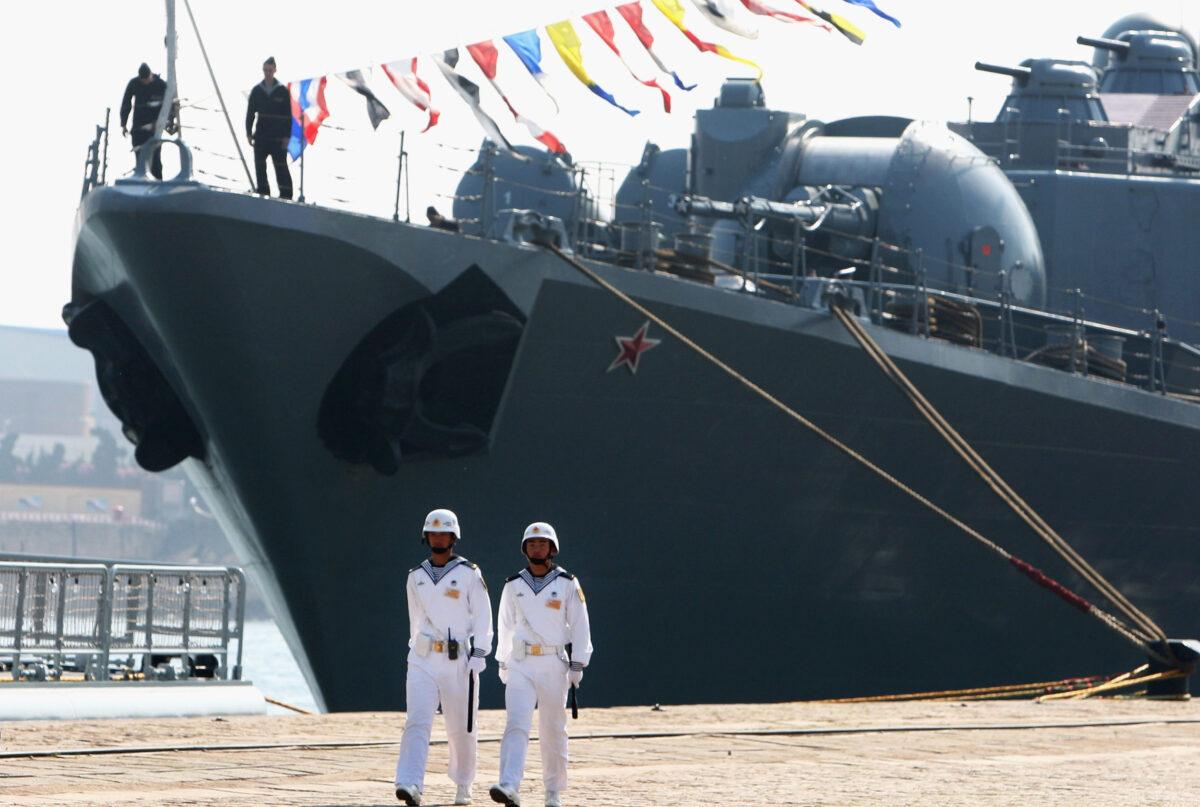
For the CCP, Ukraine has a special military significance as the first Chinese aircraft carrier was bought from Ukraine.
This missile cruiser, formerly named “Varyag,” was first commissioned by the former Soviet Union and built at the Nikolaev shipyard, also known as Black Sea Shipyard, in Ukraine. However, the Soviet Union collapsed when the cruiser was only partly finished. Since Russia and Ukraine could not reach an agreement on debt payment, Russia decided to decommission the Varyag as an offset item to be handled by Ukraine.
On March 19, 1998, Xu Zengping, a former Chinese military veteran of the People’s Liberation Army (PLA), came forward in the name of the Hong Kong-based Chinluck Group and offered a bid of $20 million for the Varyag and its complete set of design drawings, claiming that he planned to build it into a maritime casino in Macau.
On June 14, 2000, the Varyag left the Black Sea shipyard and was towed to Dalian, Liaoning Province, China on March 3, 2002.
Beginning in 2002, Chinese military experts started studying data from design drawings and retrofitting of the Varyag. Ten years later, on Sep. 25, 2012, the Varyag was delivered to the Chinese Navy under the new name of “Liaoning,” after the province in which it was prepared.
With the aid of Ukraine, the CCP not only obtained an aircraft carrier but also developed the Xi’an Y-20 large military transport aircraft.
According to a January 2016 report from patially state-run media Sina, China has signed a contract with Ukraine for in-depth cooperation in the field of engines, expecting Ukraine to help China break through the key technology of aircraft manufacturing.
In contrast to Ukraine, Russia is not as “generous” to China and curbs China in the military industry, said the report, adding that Russia knew China had very few suppliers of large aircraft and therefore demanded “sky-high prices” for the Ilyushin Il-76 transport aircraft in contracts that also contained quantity restrictions.
Mike Sun told The Epoch Times there are many Ukrainian military experts working in the southern ports of China for years, “so if Ukraine becomes a pro-Russian puppet in military industry, then all future military cooperation with the CCP will have to be approved by Russia and will have to be nodded by Putin.”
That would not be a favorable prospect for the CCP, Sun said.
Apparently, Russia’s wariness about China is not limited to the Ilyushin Il-76 transport aircraft.
Actually, at that time “Russia kept the most powerful Sukhoi Su-30 fighter aircraft for its own use, and it also made different types for export: the best models were sold to India. And the worst ones to the CCP,” Sun said.
These stats indicated that China is at the bottom of the list when it comes to Russia’s choice of countries to export its warplanes to, while India obtained a better model of Su-30 fighter from Russia than China.
“The CCP was very angry about it,” Sun said, citing that India was in geopolitical conflict with the CCP on the border between the countries, while Russia was selling more advanced models to India when it sold arms to China at the same time.
Russia’s Interests and CCP’s Interests
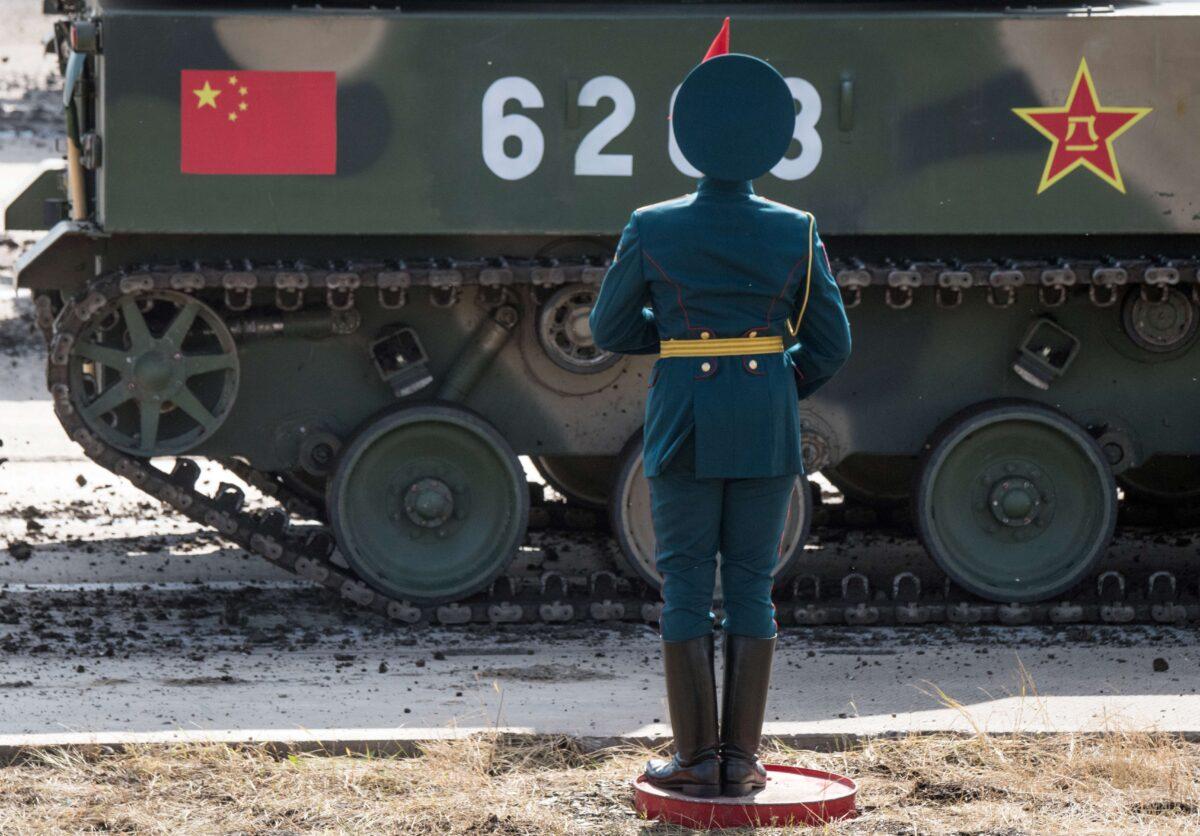
A Russian honor guard attends a parade of the participants of the Vostok-2018 (East-2018) military drills at Tsugol training ground not far from the borders with China and Mongolia in Siberia, on September 13, 2018. (Mladen Antonov/AFP via Getty Images)
Sun maintains that there is no real ally relationship between China and Russia, only a “huddle, but each with its own agenda.”
And “the CCP won’t see Russia as a genuine ally, not as a similar alliance like Europe and the United States. Beijing is well aware that this is just a mutual use relationship, that is, playing the Russian card against the United States,” Sun said.
So why did the CCP choose to ally itself with Russia rather than the United States in this game of three confrontations? According to Sun, Russia would at most take advantage of China in terms of money and territory, but it did not request that China be democratized or that the CCP step down.
Additionally, the CCP’s ex-leader left Russia the sea gate of the Tumen River and the Tannu Uriankhai area. In 2001, Jiang even shared half-ownership of China’s Heixiazi Island with Russia.
“Russia seeks benefits through the CCP, while the U.S. intends to end the CCP. That’s why the CCP cannot side with the U.S., otherwise, it [the CCP] will be terminated.” Sun said.
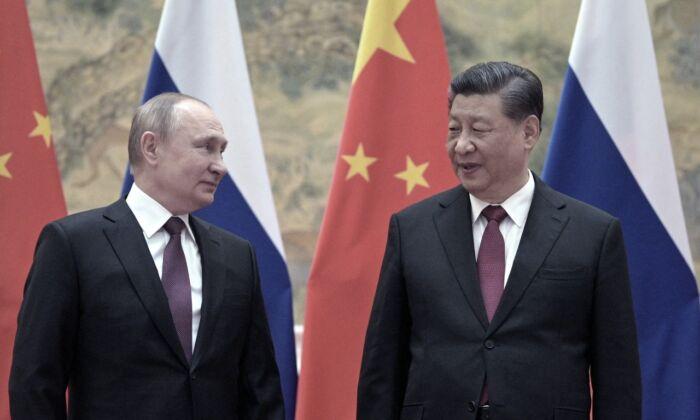
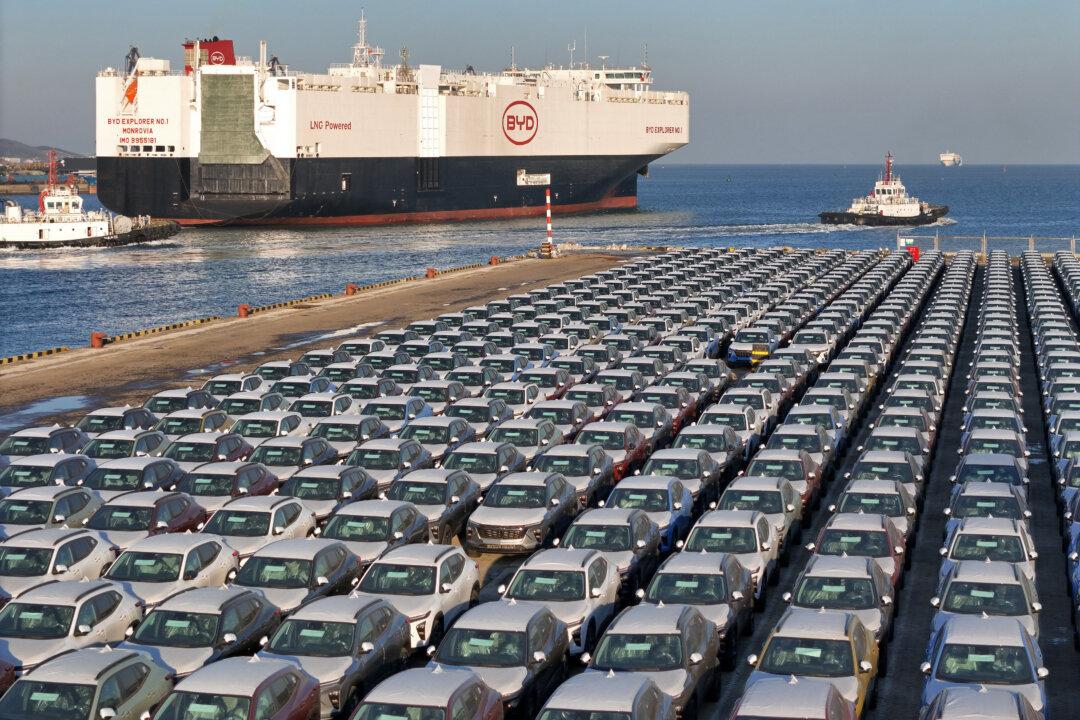
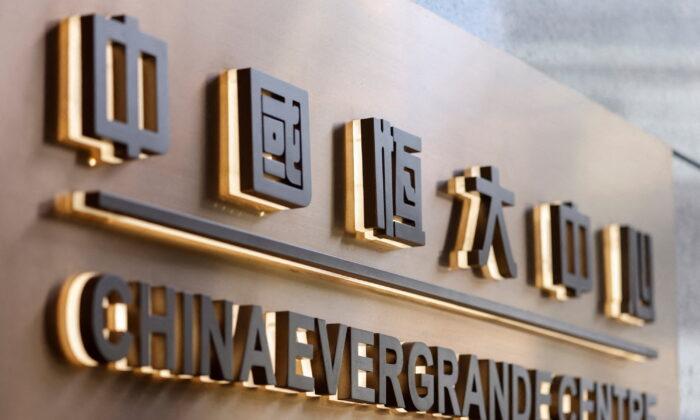
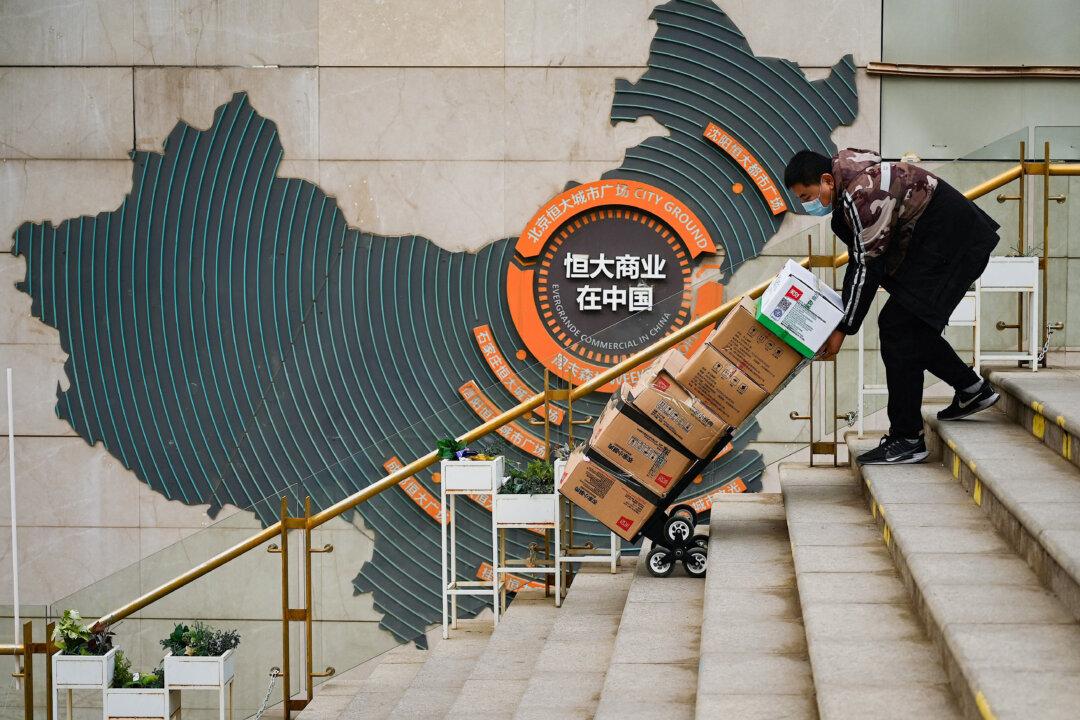
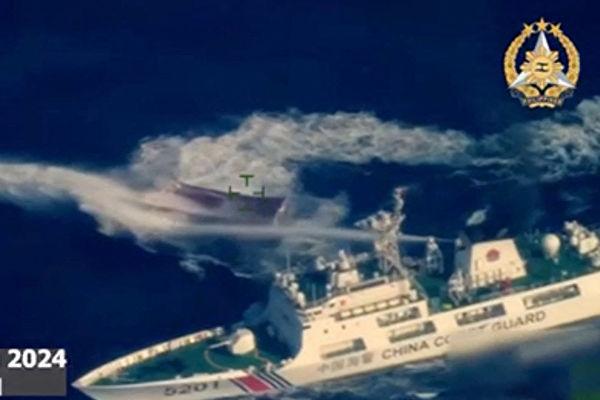
Friends Read Free